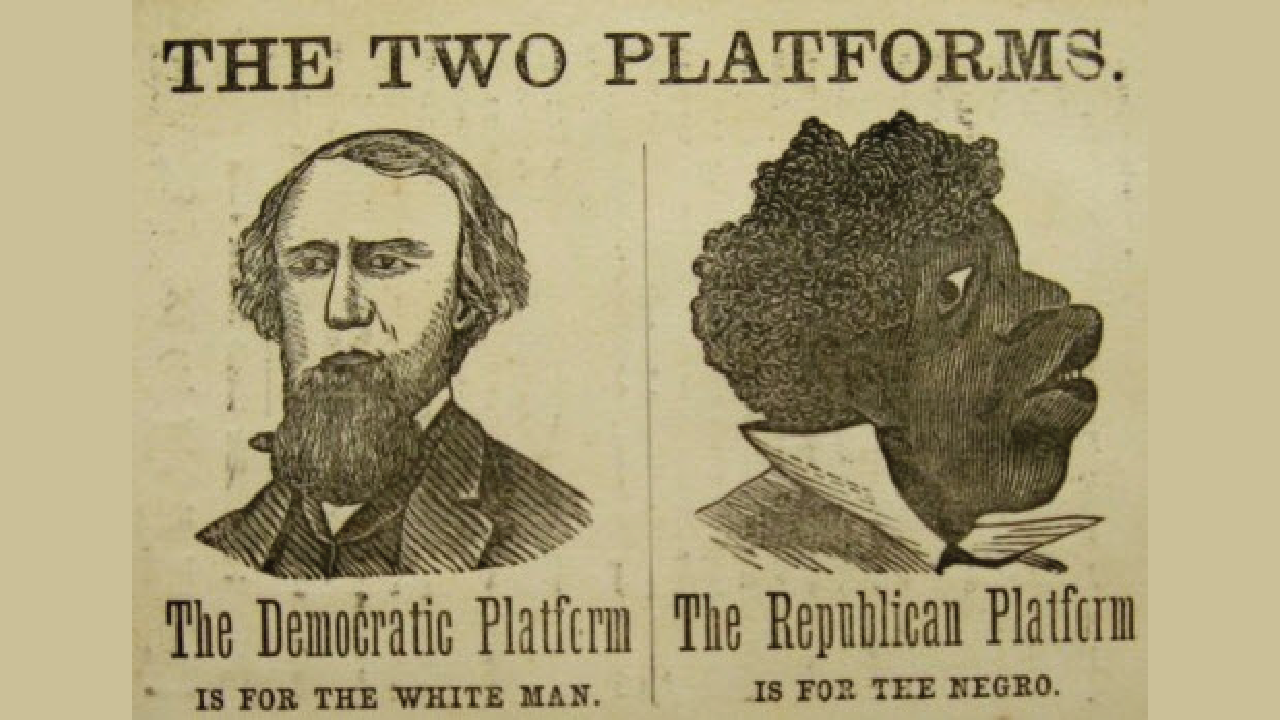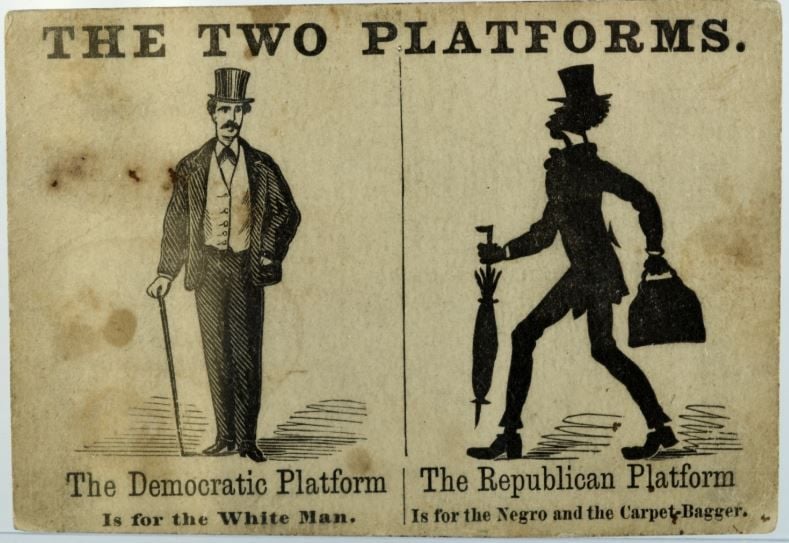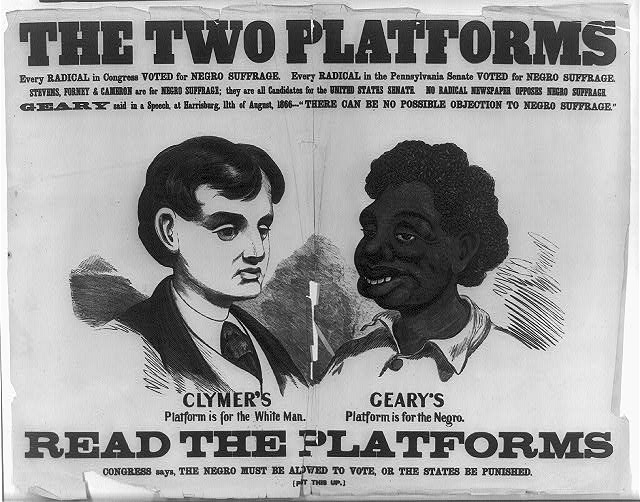Robert Bevis v. City of Naperville (7th Cir., 23-1353)

B.L.U.F.
The Seventh Circuit court has decided that English is not their strong point, nor is logic, nor is following the Supreme Court’s orders. Short version. More to come.
(525 words)
—ECF No. 170 - Robert Bevis v. City of Naperville, No. 23-1353 (7th Cir.)
The Seventh Circuit court has gone rogue, again. Bruen tells us that the first step is to show that the conduct that is being restricted implicates the Second Amendment.
The Seventh Circuit says that it does. They say that in the very fact that they are discussing the Second Amendment, Heller and Bruen.
From there, the next question to ask is, “Is this a ban of a particular type of arm?” Yes, it is. They are regulating “assault weapons”.
If the modern-day regulation is a ban, the Heller court has completed the second step of the analysis: Is there a history and tradition of regulating arms in common use today?
The Supreme Court said that there is no history and tradition of banning arms in common use today.
They then explained that for an arm to be outside the protections of the Second Amendment, it must be both unusually dangerous and uncommon. In Caetano the Supreme Court set the threshold of “in common use” at two-hundred thousand.
If the more than two-hundred thousand items of that type of arm are in common use for lawful purposes, the modern regulation is unconstitutional.
There is no “military use” criteria. To use their wild example, the Davy Crockett weapon system is not in common use. There were not two-hundred thousand of them made. Not even that many warheads.
The Seventh Circuit has gone rogue because they arbitrarily decided that certain arms aren’t protected by the Second Amendment because the legislators said they weren’t.




